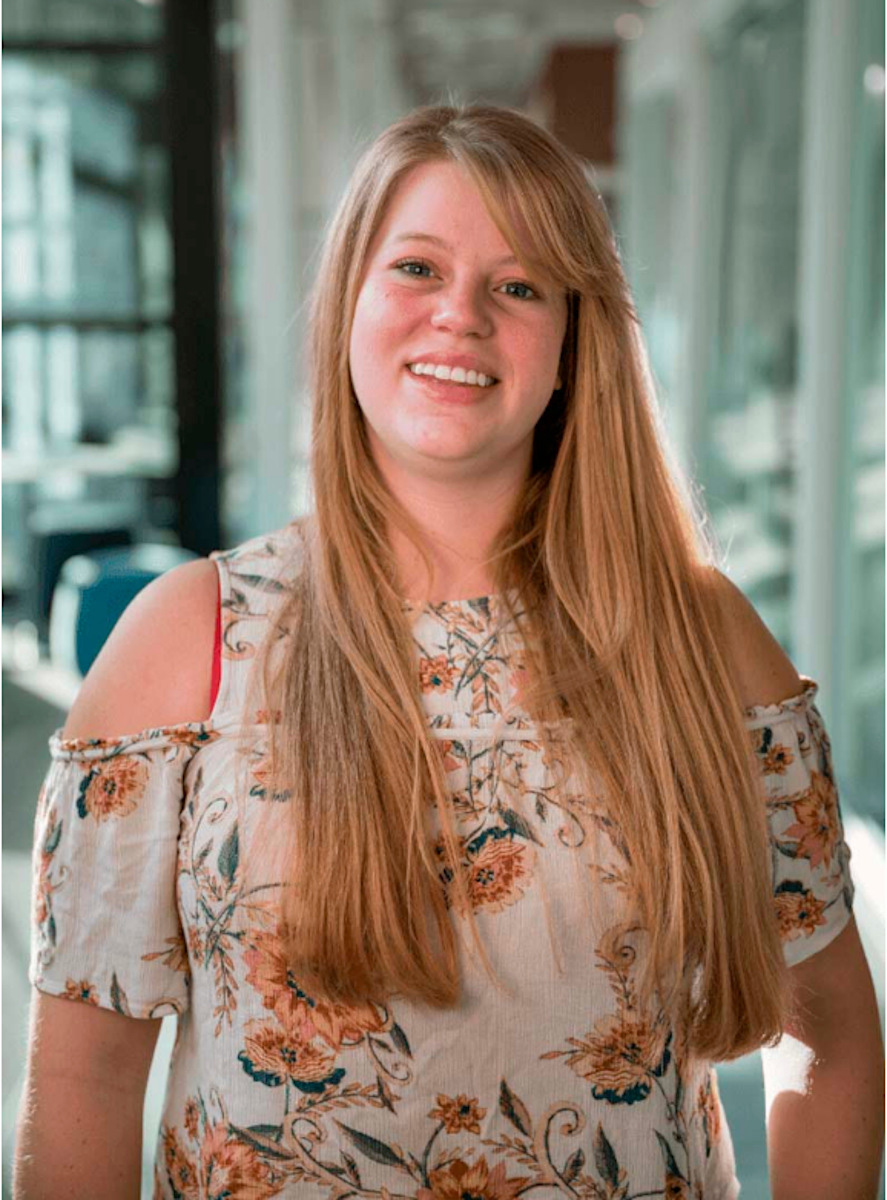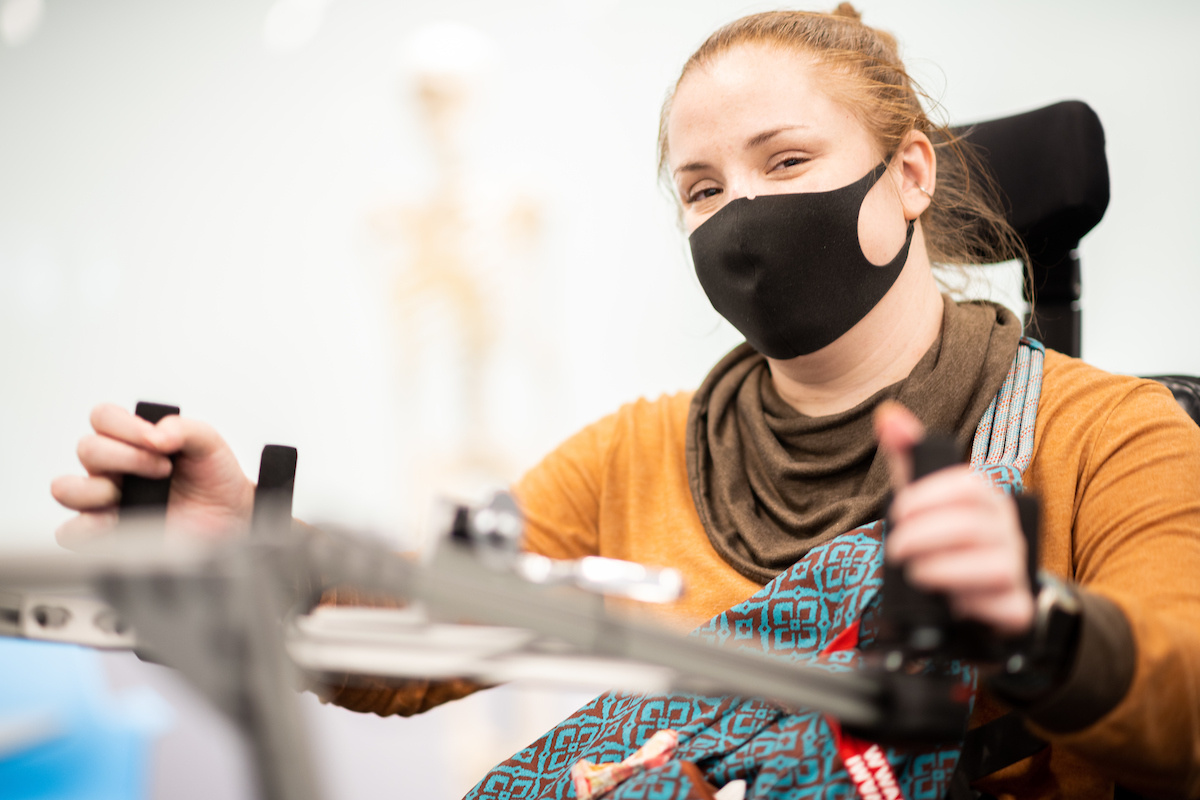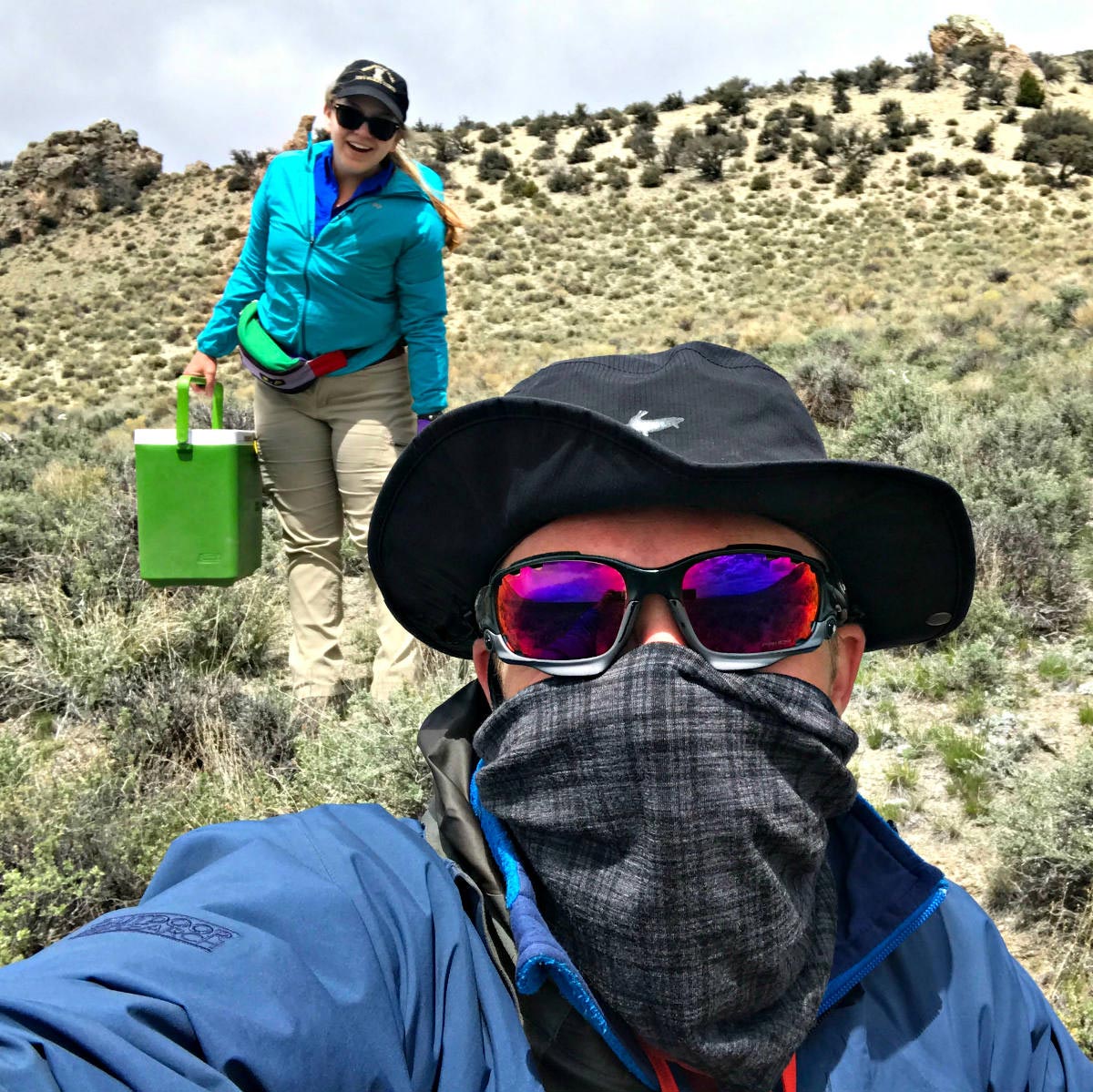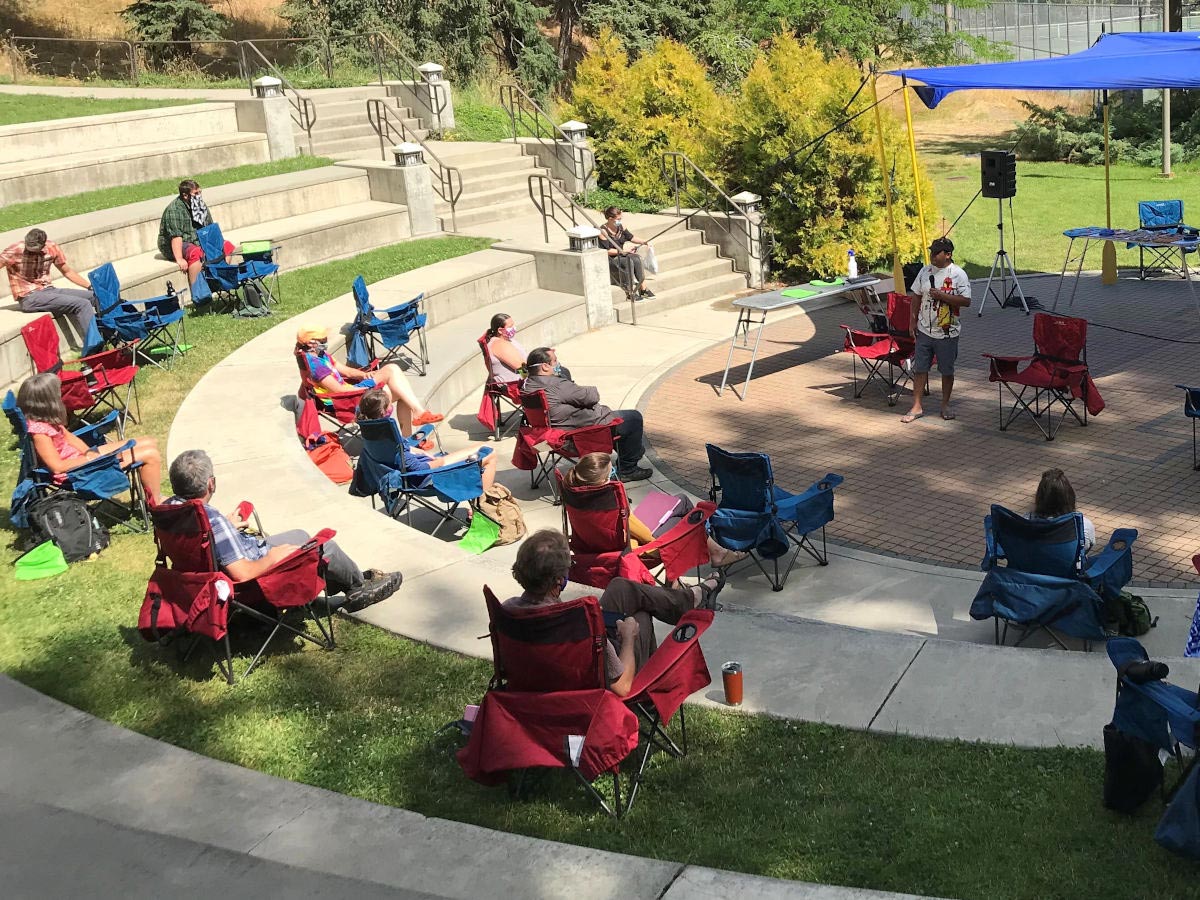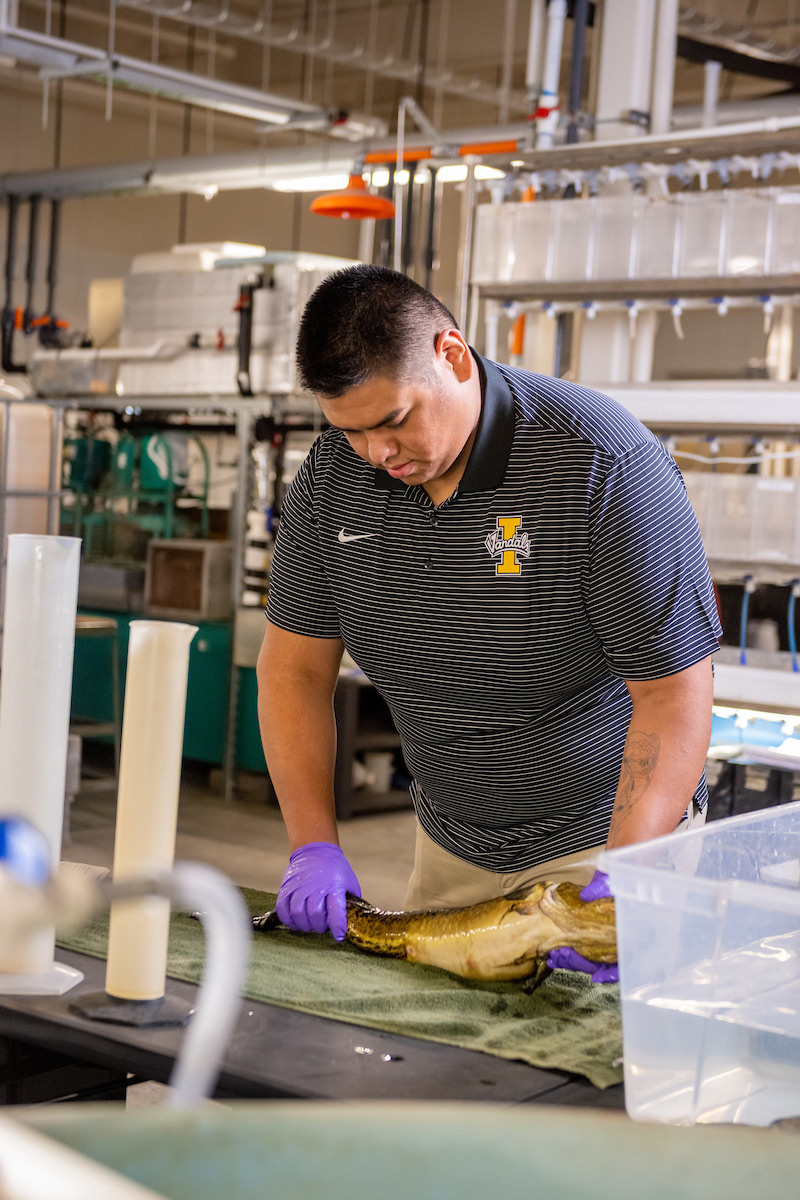Student Research Highlights
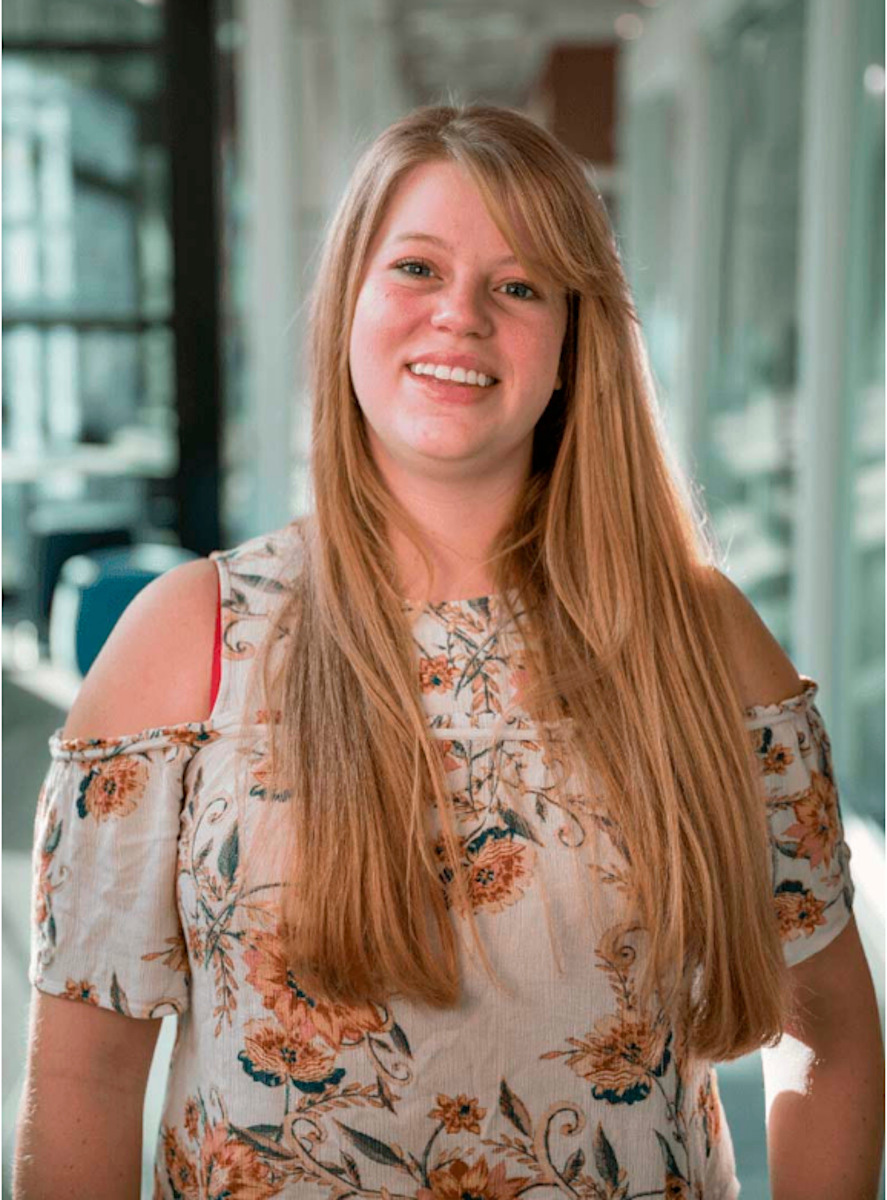
New Approach to Inmate Pre-Release
Criminology Student Helps Design Reentry Program to Increase Inmate Release Success in Idaho
During a student research project, third-year sociology and criminology student Kelsie Rumsey found that the current reentry program for Idaho prisoners requires individuals to read booklets and take quizzes. It’s something Rumsey said is not providing the inmates the skills necessary for them to function outside of prison. Working with U of I Extension, Rumsey is helping to facilitate the launch of a new two-part reentry program.
“This new program is built on more of a hands-on learning experience, where the inmates will be guided through every step,” Rumsey said. She added that previous research has shown that the more hands-on the lesson is the more likely the inmate will succeed.
Rumsey will be evaluating whether the new program is an improvement over the current re-entry education program. Rumsey has built five surveys to evaluate how prepared inmates feel to reenter society. The surveys will be given to inmates who’ve been released through the current process, inmates helping form the new program and, eventually, inmates who will take part in the finished program. After implementing the new design, Rumsey and her collaborators will conduct follow-up interviews on the program’s effectiveness and track whether recidivism rates — the tendency of criminals to reoffend — have decreased.
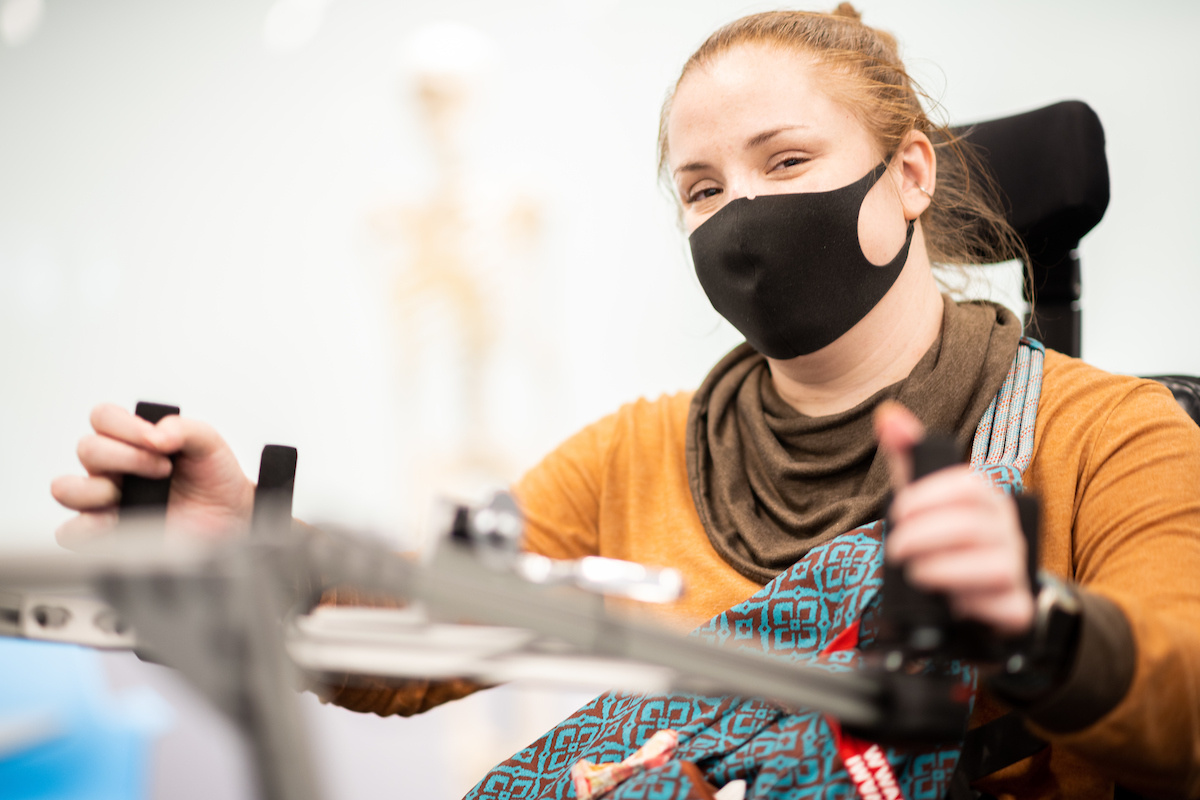
Vandals Deliver A Life-Saving Gift
Meagan Boll, a medical student in the Idaho WWAMI Medical Education Program, has limited motion in her arms, performs fine motor skills with a bionic glove and uses a wheelchair. A spinal cord injury that caused impairment in all four quadrants of her body got her interested in pursuing a career in medicine.
To assess patients, Boll, from Cambridge, uses a Bluetooth stethoscope with headphones and an ultrasound wand for abdomen inspections. But she cannot perform the traditional components of CPR, including chest compressions.
To help Boll, University of Idaho College of Engineering students developed an assistive CPR device custom for her, with application across a spectrum of users with limited arm strength or other disabilities.
Jeff Seegmiller, director of WWAMI at U of I and professor in the Department of Movement Science, proposed the project as part of the College of Engineering’s nationally recognized Senior Capstone Design Program, during which students work on industry-sponsored projects to design thoughtfully engineered, tested and validated prototypes.
The final design for Boll’s CPR device relies on a lever-action which augments her force to achieve chest compressions. Using a training mannequin connected to a mobile app to record CPR performance, the team verified their results and Boll’s successful use of the custom device.
In addition to its healthcare application, the College of Engineering is looking into ways the assistive CPR device could be manufactured for use in nursing homes and hospitals to help those who may not have the arm strength or stamina needed to complete CPR.
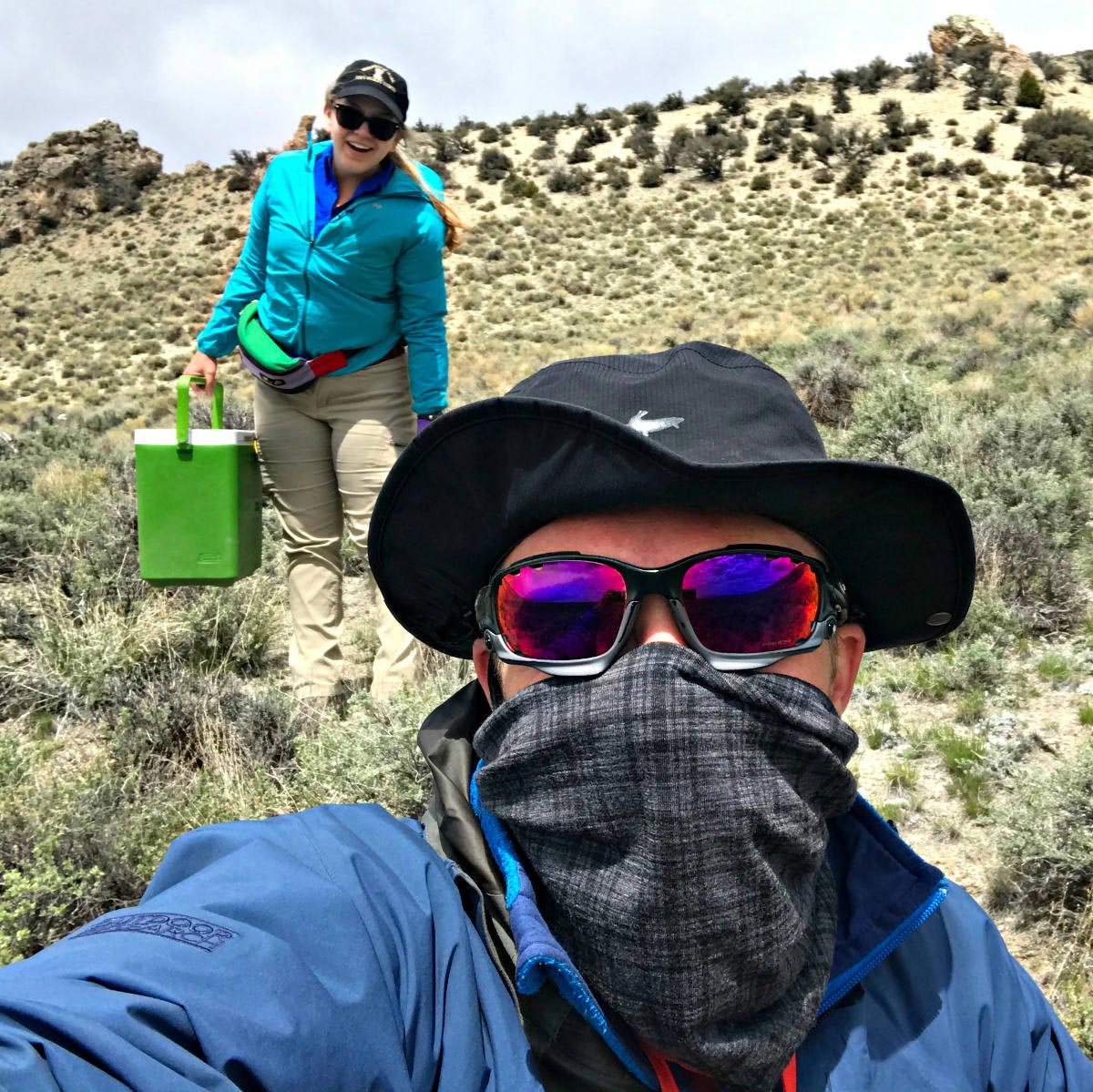
EPSCoR GEM3 Project Targets Sagebrush
Big sagebrush (Artemisia tridentata) is a landscape dominating plant species in the intermountain region in the western U.S. linking genetic information with chemistry, physiology and biotic communities allows for the understanding of how genetic differences in sagebrush influence the entire ecosystem. Together, as part of the EPSCoR GEM3 effort, researchers, Molly Garrett and Lukas Grossfurthner, at the University of Idaho are among the first to be exploring these types of processes and functions in the sagebrush system. Their research will fill large gaps in our understanding of these processes in distinct and intermediate sagebrush plant-types, identify how they influence their environment and predict potential variation under changing environmental conditions. Ultimately, they hope to advance ecological and evolutionary theory, improve understanding of a unique ecosystem and inform restoration efforts.
The intermountain west has vastly differing environmental types, ranging from dry, hot deserts, to moist, cold mountains. Big sagebrush has developed various strategies to survive these different environmental conditions, which has led to the formation of diverse and distinct plant-types that occupy specific regions. When one environment transitions into another, distinct plant-types can co-occur, exchange genetic information (inter-breed) and give rise to intermediate plant-types. However, little is known about the function and possible unique characteristics of these intermediate plant-types and how they interact with their environment.
As a dominating plant species, big sagebrush provides food and habitat for more than 350 associated species, including some endangered and threatened species such as the greater sage-grouse and the pygmy rabbit. Inconspicuous organisms such as insects, fungi and bacteria – which are crucial members of the ecosystem – also rely on big sagebrush.
Researchers are utilizing cutting-edge genomic tools to quantify the amount of genetic exchange between plant-types and identify microbial communities occupying sagebrush leaves and soil. They are also collecting chemicals emitted by sagebrush, insects that feed and live on sagebrush and co-occurring plant communities.
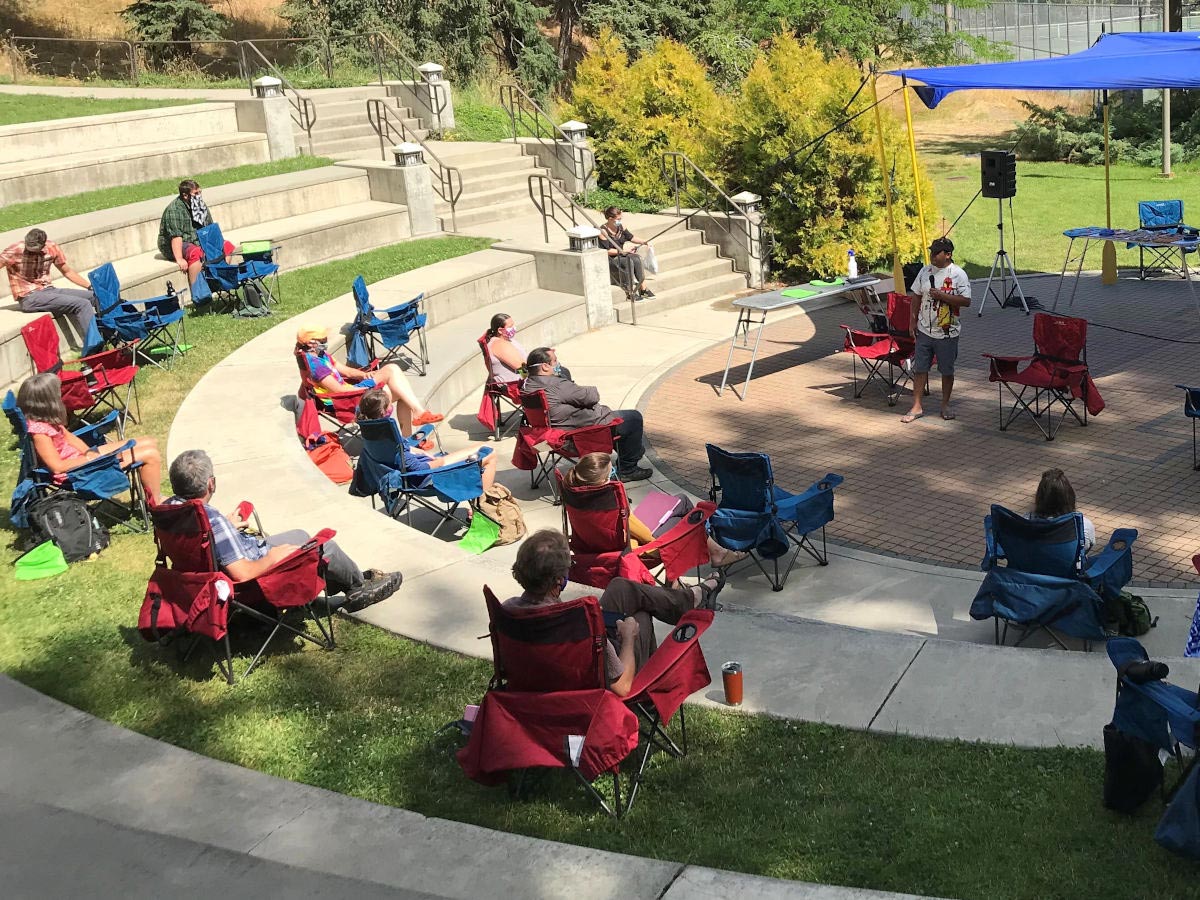
NSF Supports Indigenous STEM Doctoral Students at Idaho
The University of Idaho College of Graduate Studies welcomed a first-of-its-kind cohort of Native American graduate students into STEM (Science, Technology, Engineering and Math) doctoral programs this year by way of the National Science Foundation’s (NSF’s) LSAMP Bridge to Doctorate program. The program funds 12 students on fellowships over two years.
U of I was awarded the first Bridge to Doctorate specifically for the enrollment of Native American and Alaska Native students. The nine new fellows and their mentors are working across the Colleges of Science, Natural Resources and Engineering. The students are: Nicholas Brubaker (Shasta) in mechanical engineering with Michael Maughan; Hannah Funke (Kootenai) in natural resources with Alistair Smith; Zane Ketchen (Yakama, Wanapum) in water resources with Christopher Caudill; McKayla Meier (Cherokee) in geology with Erika Radar; Kameron Richardson (Lumbee) in water resources with Michael Strickland; Karina Silvestre (Nahua, La Mesa) in entomology with Chris Hamilton; Kimberly Stewart (Yakama) in natural resources with Sophie Gilbert; Kassandra Townsend (Acoma Pueblo) in natural resources with Kerri Vierling; and Christine Whitehorse (Navajo) in environmental science with Laurel Lynch. Three additional students will join the cohort for Fall 2021.
The group aims to blend Indigenous research methodologies and Western science to enhance their own learning and help bring awareness to the advantages of this multi-faceted and multi-cultural approach to learning.
In addition to their degree programs, fellows and mentors participate in cohort activities including the Indigenous Knowledge Field Camp, a cultural immersion experience which recognizes the intersections of Native traditional knowledge and Western science through an immersive four-day experience on Nez Perce land, the tribe on whose land the university sits. They also participate in the Indigenous Mentoring Program, a model to train and support STEM faculty through a sequence of modules with information related to mentoring, student resources, student socialization, cultural humility and culturally attuned practices for research.
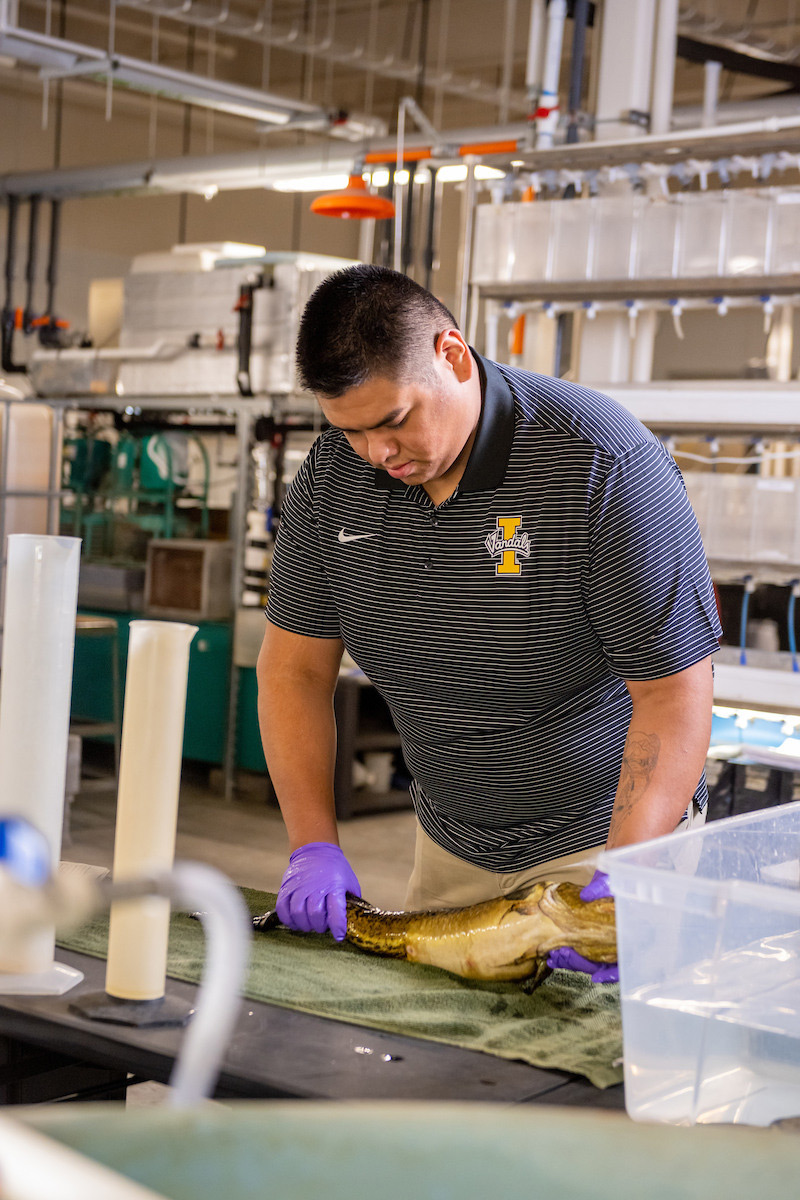
Adele Berklund Undergraduate Research Award
The Adele Berklund Undergraduate Research Scholar Award recognizes and fosters undergraduate research in an applied field of natural resources. Berklund awards are used to fund a variety of faculty-supervised research activities for four students.
Jose Ortiz, who is earning a degree in fishery resources with a minor in aquaculture, used the award this year to support his work at the Aquaculture Research Institute (ARI) in Hagerman studying burbot.
“It is an awesome experience being able to work with such a unique species, especially considering less than 20 years ago there were an estimated 50 left in the Kootenai River,” said Ortiz.
In a collaborative project led by Ken Cain of the University of Idaho, burbot numbers have recovered.
U of I is exploring the use of burbot for commercial aquaculture.
“Aquaculture is relatively new compared to other meat-producing industries, so there is much to explore and learn,” said Ortiz. “I hope to take my passion for aquaculture into graduate school and focus on fish physiology.”
Ortiz is a first-generation college student and is very close with his family in Mountain Home.
“I am grateful to work full-time for the university in the summers close to my family at the Hagerman Fish Culture Experiment Station,” said Ortiz.







